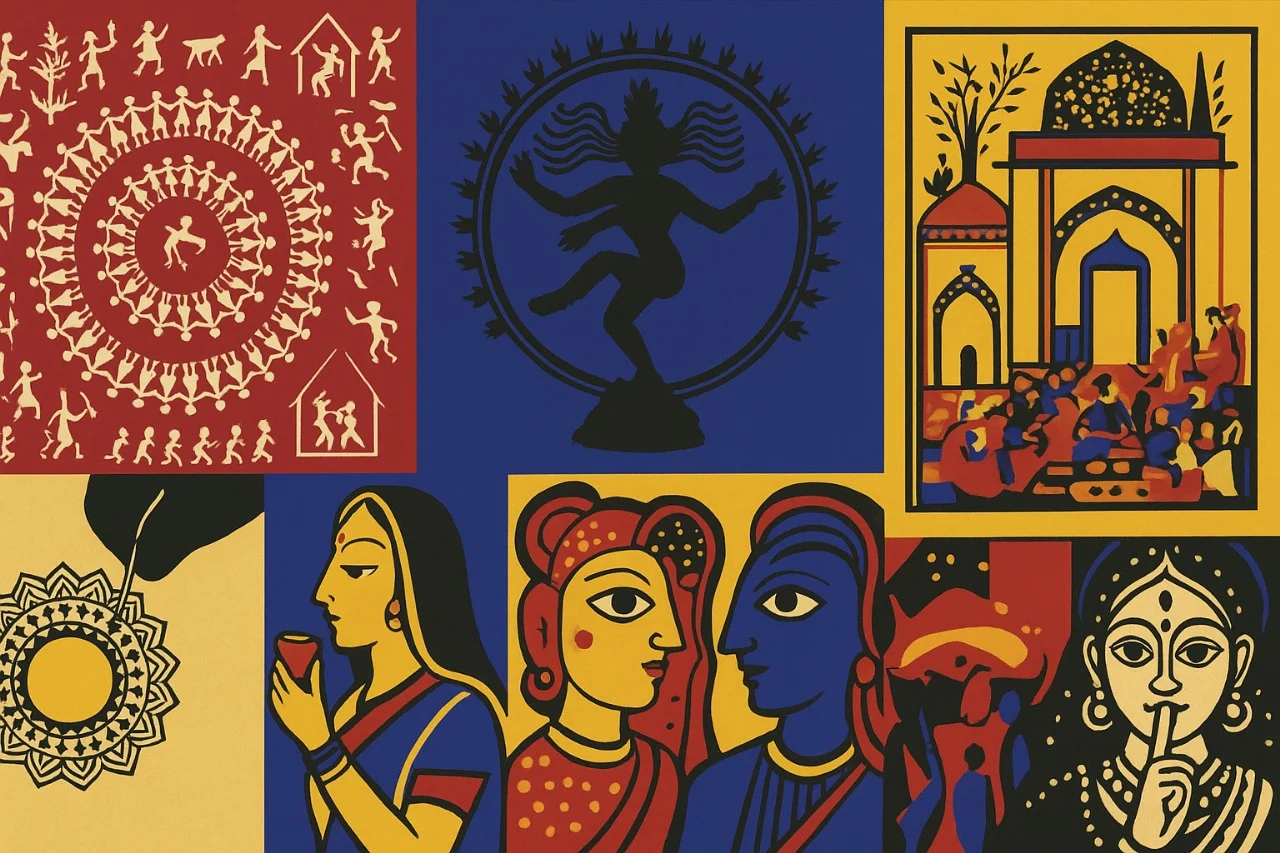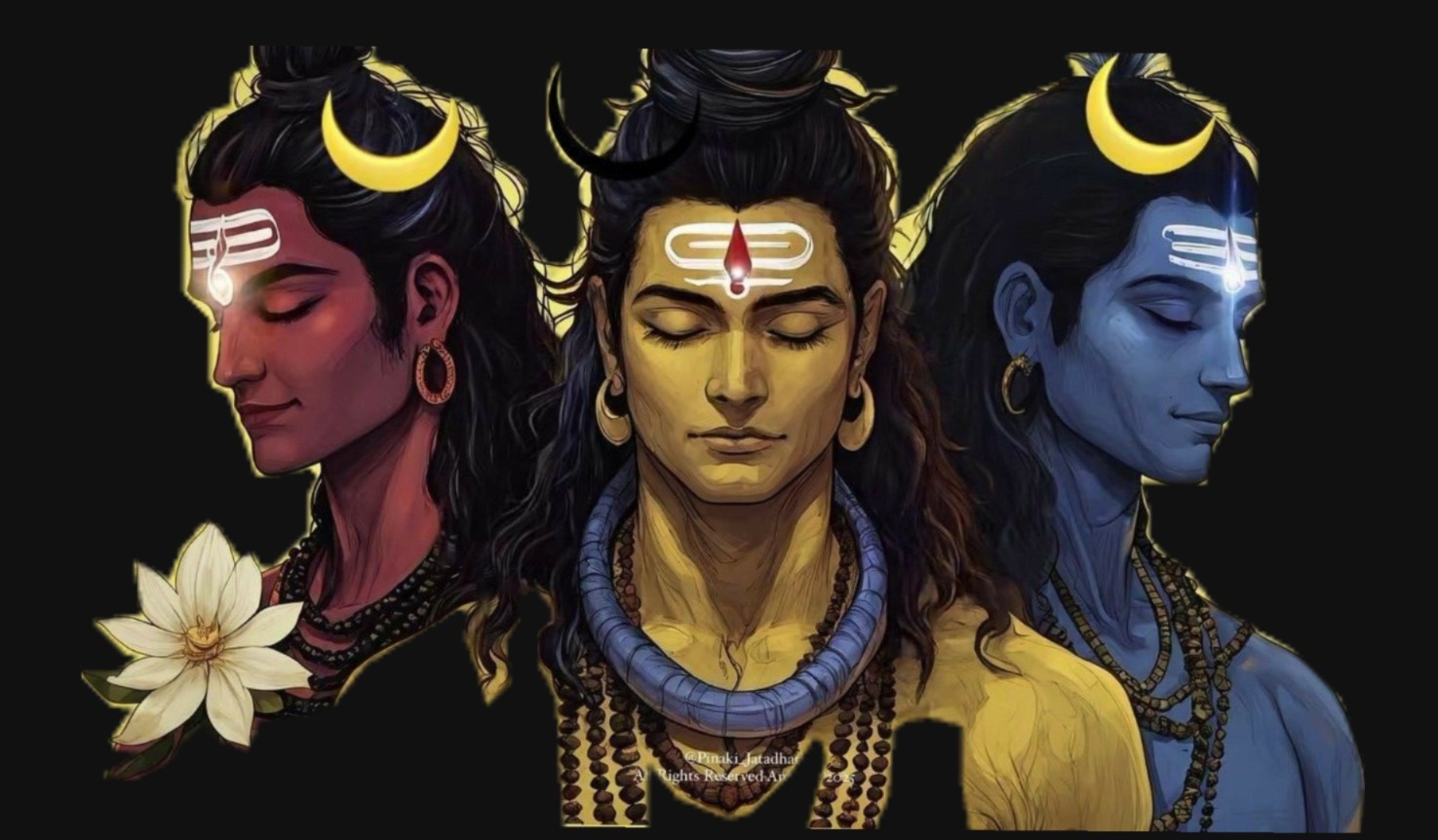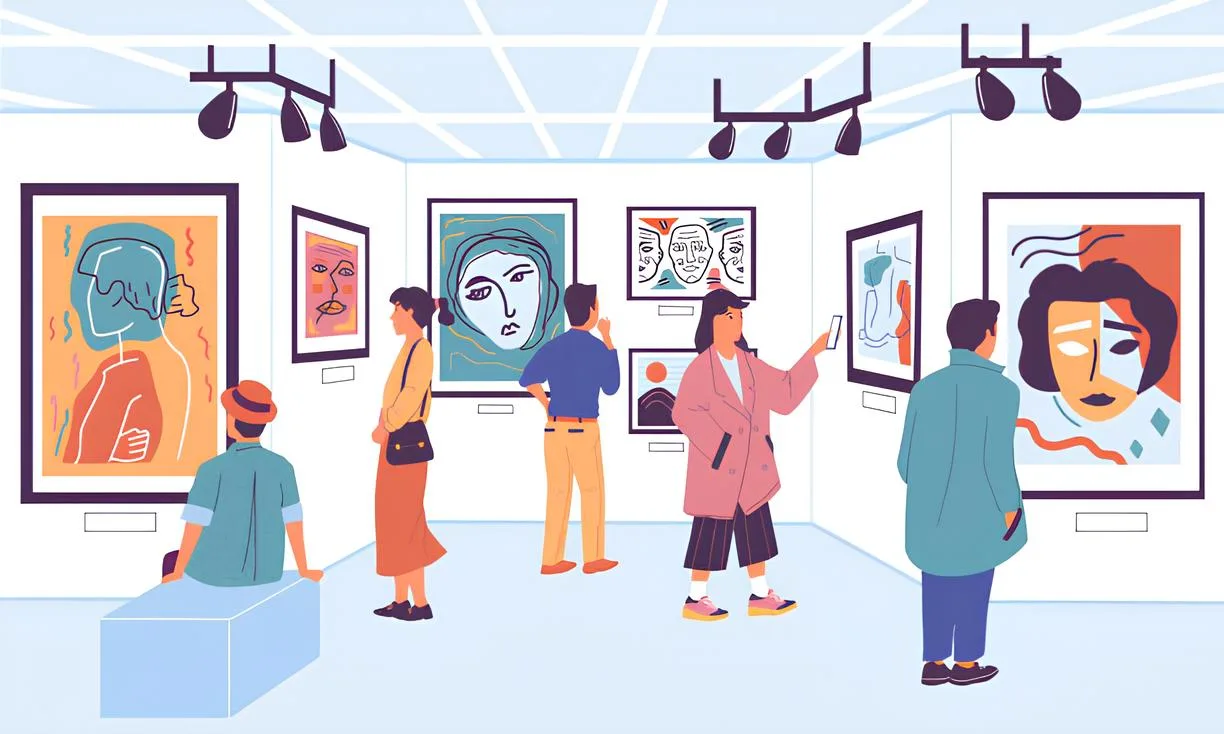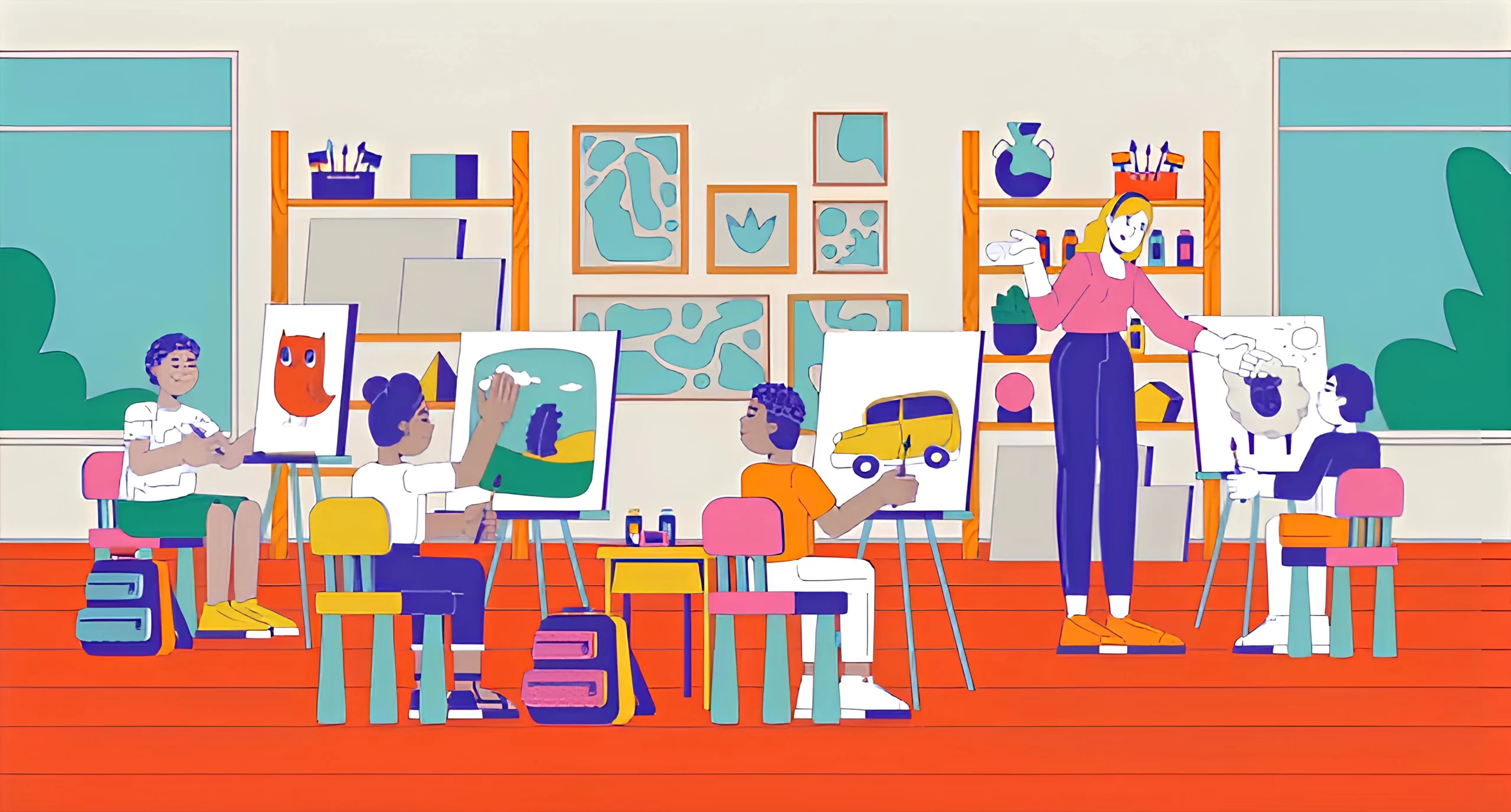“Every child is an artist. The problem is how to remain an artist once we grow up.” — Pablo Picasso
At We Learn Art Studio, we believe creativity has deep cultural roots, and one of the richest sources of artistic inspiration comes from India’s diverse folk traditions. Passed down through generations, Indian folk art is colorful, symbolic, and full of storytelling.
In our art classes, we celebrate these age-old techniques by introducing children to India’s traditional art forms. From Madhubani to Warli, folk art helps young artists connect with history while developing fine motor skills, pattern recognition, and storytelling abilities.
Our goal is to offer more than just drawing and painting, we create a learning space where tradition and creativity meet.
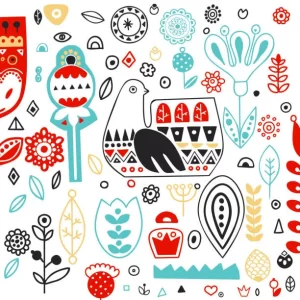 Why Indian Folk Art Belongs in Every Child’s Creative Journey
Why Indian Folk Art Belongs in Every Child’s Creative Journey
Indian folk art is more than just decoration, it’s a visual language. When children explore these styles in our drawing and painting classes, they build an understanding of culture, symbolism, and design.
Here’s what makes folk art a powerful part of our art education:
● Teaches intricate line work and pattern-building
● Encourages storytelling and symbolic thinking
● Introduces cultural diversity and Indian heritage
● Strengthens observation and patience
● Inspires creativity rooted in tradition
1. Madhubani Art – Bihar
Madhubani is known for its fine lines, vibrant colors, and mythological themes. Traditionally done with natural dyes and twigs, it teaches children attention to detail and symmetry.
In our art and craft classes, we use Madhubani-style projects to introduce pattern repetition, border design, and the use of bold colors.
2. Warli Art – Maharashtra
Warli is a tribal art style that uses simple geometric shapes to tell stories of daily life. It’s ideal for younger kids because of its simplicity and clarity.
In our creative art workshops, children learn how to use triangles, circles, and lines to create people, animals, and scenes, building storytelling and composition skills.
3. Pattachitra – Odisha and West Bengal
Pattachitra means “cloth painting” and is known for its ornate borders, intricate motifs, and storytelling from Indian epics. This folk art teaches precision and brush control.
We incorporate Pattachitra elements in our advanced drawing classes, helping children experiment with brushwork, color harmony, and composition.
4. Phad Painting – Rajasthan
Phad paintings are vibrant scroll-style works depicting local legends and folklore. This style helps students understand narrative sequences and color layering.
During our courses, we use Phad painting to teach storytelling through large-scale compositions and character design.
5. Gond Art – Madhya Pradesh
Gond art is characterized by dots, lines, and vivid colors. It’s a joyful, free-flowing form that allows a lot of creative interpretation.
Our art classes often feature Gond-inspired sessions, where kids use fine motor control to create colorful animal forms with patterns and textures.
6. Kalamkari – Andhra Pradesh and Telangana
Traditionally painted with kalams (pens), this art form emphasizes hand-drawn figures and motifs from nature and mythology. Kalamkari introduces kids to storytelling through organic shapes and floral design.
In our art sessions, children use pens and fabric paint to create their own Kalamkari-style cloth pieces.
 How Learning Folk Art Supports Brain Development
How Learning Folk Art Supports Brain Development
At We Learn Art Studio, we don’t just focus on the final artwork, we look at what the process teaches. Indian folk art, with its repetitive patterns and structured designs, helps children strengthen:
● Visual memory and pattern recognition
● Focus and attention to detail
● Problem-solving and planning
● Symbol interpretation and storytelling
Through our drawing and painting classes, children also build discipline and patience, while learning about cultural diversity.
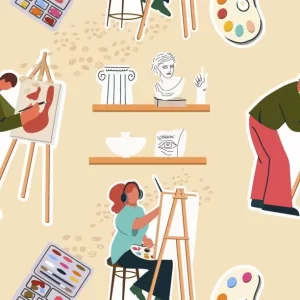 How Art Classes Nurture Cultural Identity and Emotional Growth
How Art Classes Nurture Cultural Identity and Emotional Growth
Indian folk art often represents nature, community, festivals, and spirituality, making it a wonderful way for children to connect with their roots and emotions.
1. Connecting with Heritage
In a globalized world, learning Indian folk styles grounds children in their cultural identity. It builds a sense of pride and belonging.
2. Expressing Through Symbolism
Children may not always have the words to express their feelings, but through folk patterns and motifs, they find their voice.
3. Boosting Self-Esteem
When children master complex traditional styles, their confidence grows. We showcase their creations through in-class exhibitions, where every child’s art is appreciated.
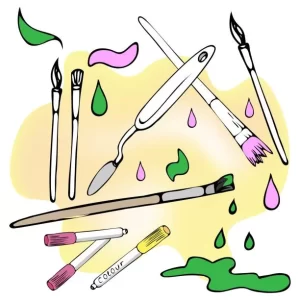 Traditional Tools with a Modern Touch
Traditional Tools with a Modern Touch
At We Learn, we teach folk art through age-appropriate, hands-on projects that are both fun and educational. Here’s how we keep tradition alive in our art studio in Mumbai:
● Natural and safe materials
● Simple guided exercises for beginners, and open-ended projects for advanced learners
● Cultural stories, visuals, and music to enrich the learning experience
● Projects that blend folk art with modern media (digital patterns, animation, etc.)
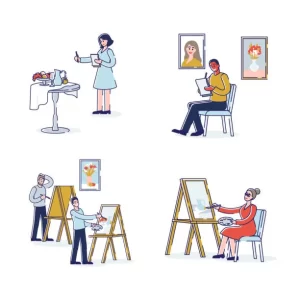 Classes for Every Interest and Age
Classes for Every Interest and Age
Whether your child is picking up a brush for the first time or already exploring design, our programs nurture every stage of artistic growth.
Beginner and advanced drawing & painting courses
Craft and sculpture sessions with folk art inspiration
Folk art camps during school holidays
Storytelling and visual narration workshops
Digital art classes blending tradition and technology
All our art classes are designed to support emotional, cognitive, and creative development through carefully curated lessons.
Let Your Child Explore the Roots of Indian Creativity
Folk art is not just a lesson in technique—it’s a journey through India’s soul. At We Learn Art Studio, your child will discover how tradition and creativity go hand in hand.
Join us at our art studio in Andheri West Book a trial session today and introduce your child to the beauty of Indian folk art Let them grow through color, culture, and creativity

